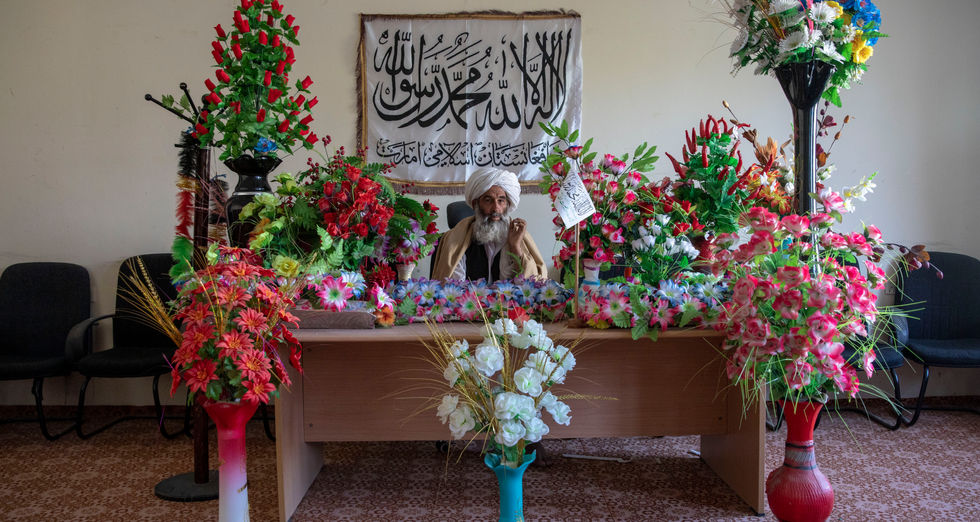
Courtesy of
Majid Saeedi
LEICA Fotografie International / BarTur Award Photojournalist of the Year
Majid Saeedi
Highly Commended
Majid Saeedi is an award-winning, internationally recognized Iranian photographer. He has photographed throughout the Middle East for the past two decades, focusing on humanitarian issues, with a special interest in telling previously untold stories of social injustice. He also especially enjoys doing street photography – portraying citizens and ordinary life.
Saeedi was born and raised in Tehran. He took up photography at the age of 16 and, when he turned 18, went to the Iran-Iraq border to photograph refugees there.
Saeedi has managed the photography departments of various news agencies in Iran and has led key projects for over 15 years. His work has appeared internationally, in such publications as The Times, Spiegel, Life, The New York Times, The Washington Post, The Washington Times, Time magazine, and various Middle Eastern publications and for online agencies. His recent work includes images of Libyan people fighting for democracy and landmine victims in Afghanistan.
Saeedi has won numerous prizes for his photographs around the world, most recently the 2012 R.F. Kennedy Award, a Lucie Award in 2011, for his work in Afghanistan, a UNICEF award in 2010, and the Gold Award from China in 2011. For the past eight years, he has received the annual accolade of best photographer in Iran. When he is not working, Saeedi likes to teach photography to students and mentor young photographers.
Attack on democracy
Afghanistan
2021
Afghanistan has been at war for most of the last 50 years. Invasion, occupation, insurgency, and civil war, are daily routines.
What lies ahead for the people of Afghanistan after Western forces withdraw this year? The new government of the Taliban Islamic Emirate has pushed back democracy and destroyed 20 years of activity.
At the same time, civilian casualties and attacks have decreased, but the newly formed ISIS has emerged. They are doing what the Taliban have done for the past twenty years: violence, war, attacks, and explosions.
With the withdrawal of Western forces this year, the future seems to be disappointing and ambiguous.
According to a report from the United Nations Office for the Coordination of Humanitarian Affair (OCHA) Afghanistan ranks near the bottom on many humanitarian measures.
•Thirty-four percent of the population is food insecure.
•Ten percent of children die before they start primary school.
•Thirty-eight percent of children do not have access to school.
•Around 5.4 million civilians in conflict-affected areas have limited access to food, safe drinking water, health care, and other basic services.
• More than 600,000 people are internally displaced.
• Almost 1.5 Million people are heroin addicts.
Women and girls are especially at risk in Afghanistan. The Taliban have targeted women activists, educators, and women working outside the home. They have focused attacks on schools for girls. The literacy rate among women in Afghanistan is 12%.
Despite the violence, poverty, drug addiction, and lack of education, life goes on in Afghanistan. I have engaged in photographing the life of Afghan people for over ten years. I am a witness of how they tried to build their country and obtain primitive freedom and democracy, which was destroyed in a couple of months.
In my photo collection I am portraying the history of what was built vs what is ruined and at the same time people’s endeavour to live their lives.












